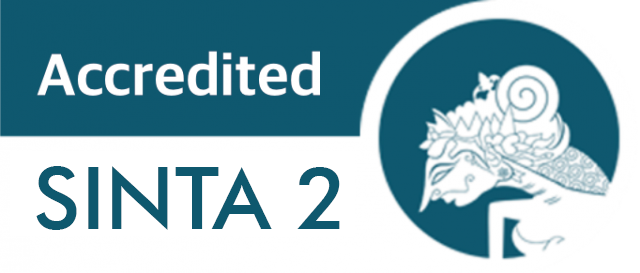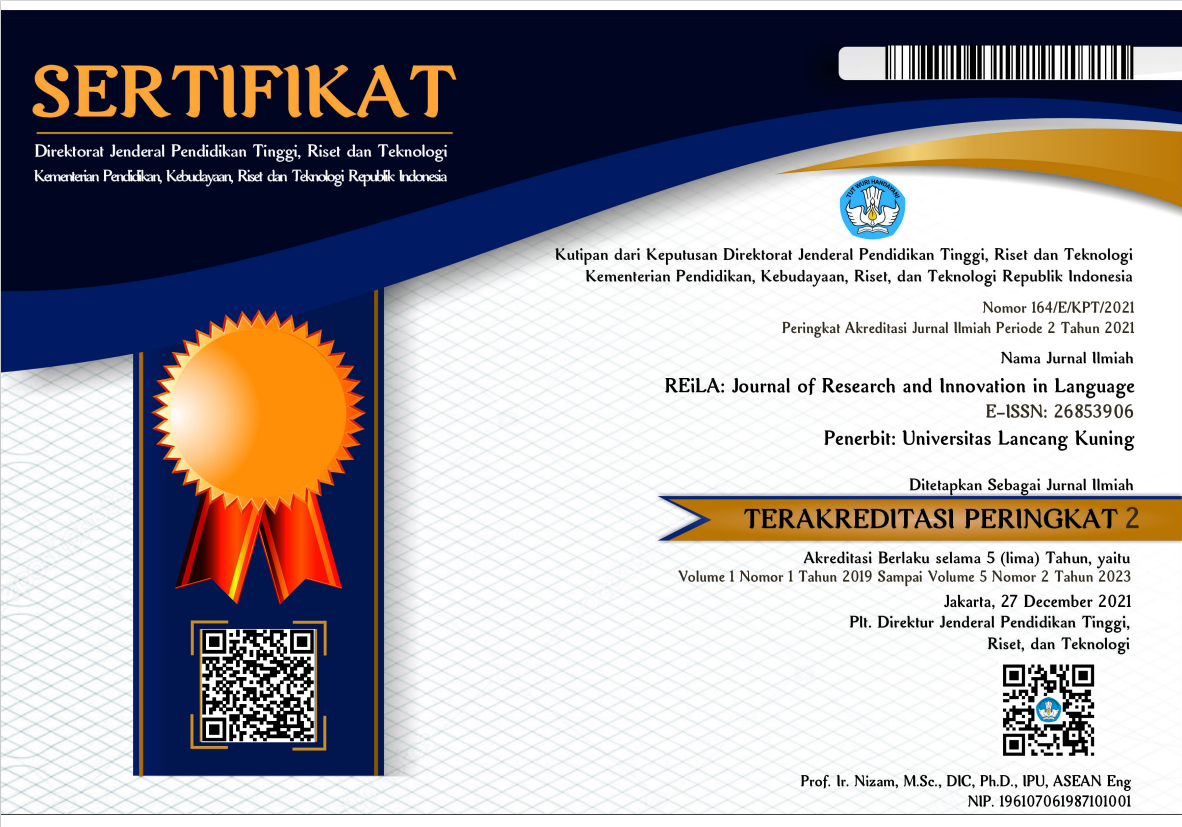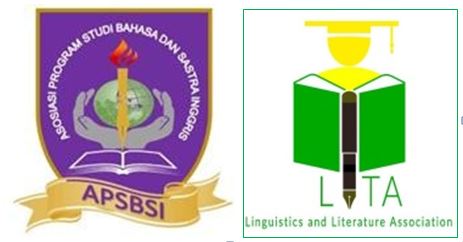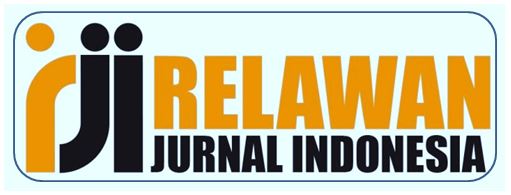Analysing Reading Skill in National Plus School Curriculum: Phonological Awareness of Young Learners
Abstract
This research aims to analyse reading skill of English for young learners in SES national plus school which teaches their classes using full Indonesian or full English. The researcher used phonological awareness test to determine the students’ ability to switch between the two languages. 63 young learners from the selected school were tested to find out the nature of their awareness when it comes to the reading tasks. This study used central tendency measures of descriptive statistics to summarise and describe the data. The results indicate that the respondents displayed phonological awareness in some tasks and experienced difficulties in other tasks. Various deficits in phonological awareness of the bilingually educated young learners were observed and categorised as Initial Sound Identification, Final Sound Detection, Final Sound Detection and Letter Identification
Downloads
References
Andrews, J. F., & Baker, S. (2019). ASL Nursery Rhymes: Exploring a Support for Early Language and Emergent Literacy Skills for Signing Deaf Children. Sign Language Studies, 20(1), 5-40.
Anthony, J. L., & Francis, D. J. (2005). Development of phonological awareness. Current directions in psychological Science, 14(5), 255-259.
Catts, H.W., & Kahmi, A.G. (2005).Language and Reading Disabilities. (2nd ed.). Boston: Allyn & Bacon.
Chen, X., Anderson, C., Li W., Hao, M., Wu, X., & Shu H. (2004). Phonological awareness of Bilingual and Monolingual Chinese Children. Journal of Educational Psychology. 96(1), pp. 142-151
Chiappe, P., & Siegel, L. S. (2006). A Longitudinal Study of Reading Development of Canadian Children from Diverse Linguistic Backgrounds. The Elementary School Journal, 107, 135-152.
Chiswick, Barry R. and Miller, Paul W. (2013), “Does Bilingualism Among the Native Born Pay”, Working Paper
Cisero, C.A., & J.M. Royer. 1995. The development and cross-language transfer of phonological awareness. Contemporary Educational Psychology 20 (3): 275–303.
Cobb, T., & Hinkel, E. (2017). Reading and technology: What’s new and what’s old about reading in hyperlinked multimedia environments. Handbook of research in second language teaching and learning, 3, 312-327.
Cummins, J. (1993). Bilingualism and second language learning. Annual Review of Applied Linguistics, 13 , 51- 70.
Cummins, J. (2000). Language, power and pedagogy: Bilingual children in the crossfire .Clevedon: Multilingual Matters.
Cummins, J. (2009). Bilingual and immersion programs. In The Hand Book of Second Language Teaching, ed. M Long and CJ Doughty. Oxford: Wiley Blackwell.
D. Kimbrough Oller, Alan Cobo-Lewis and Rebecca E. Eilers. (1998). Phonological Translation in Bilingual and Monolingual Children. The University of Maine.
Da Fontoura, H. A., & Siegel, L. S. (1995). Reading, Syntactic, and Working Memory Skills of Bilingual Portuguese-English Canadian Children. Reading and Writing, 7, 139-153.http://dx.doi.org/10.1007/BF01026951
D'Angiulli, A., Siegel, L. & Serra, E. (2001). The development of reading in English and Italian in bilingual children. Applied Psycholinguistics, 22, 479-507.
De Jong, P. F., & van der Leij, A. (1999). Specific contributions of phonological abilities to early reading acquisition: Results from a Dutch latent variable longitudinal study: Journal of Educational Psychology, 91(3), 450-476
Derin, T., Deliani, S., Fauziah, N., Afifah, N., & Hamuddin, B. (2019). Indonesians' Tendency to Refer Abbreviation as Acronym: Types of Abbreviation as Word Formation Process. Globish: An English-Indonesian Journal for English, Education, and Culture, 8(2). 1-8 http://dx.doi.org/10.31000/globish.v8i2.1654
Derin, T., Susilo Putri, N., Nursafira, M. S., & Hamuddin, B. (2020). Discourse Analysis (DA) in the Context of English as a Foreign Language (EFL): A Chronological Review . ELSYA : Journal of English Language Studies, 2(1), 1-7. https://doi.org/10.31849/elsya.v2i1.3611
Diaz, R. (1985). The intellectual power of bilingualism. In Southwest Hispanic Research Institute, Second language learning by young children. Albuquerque, NM: University of New Mexico
Juel, C, Griffith, P., & Gough, P. (1986). Acquisition of literacy: A longitudinal study of children in first and second grade. Journal of Educational Psychology, 78, 243-255.
Marwa, M. (2014). Reasons for Students’ Code-Switching Between Informal Indonesian and English in ELT Contexts. ELT-Lectura, 1(1). https://doi.org/10.31849/elt-lectura.v1i1.446
Novitasari, R., Anggraito, Y. U., & Ngabekti, S. (2015). Efektivitas Model Problem Based Learning Berbantuan Media Audio-Visual Terhadap Motivasi dan Hasil Belajar Siswa pada Materi Sistem Ekskresi. Journal of Biology Education, 4(3). 298-308
Pfost, M., Blatter, K., Artelt, C., Stanat, P., & Schneider, W. (2019). Effects of training phonological awareness on children's reading skills. Journal of Applied Developmental Psychology, 65, 101067. 1-12
Zoido, E., & Saiz, A. (2002). The returns to speaking a second language (No. 02-16). Federal Reserve Bank of Philadelphia.
Shankweiler, D., Crain, S., Katz, L., Fowler, A., Liberman, A., Brady, S., Thornton, R.(1995). Cognitive profile of reading disabled children: comparison of language skills in phonology, morphology and syntax. Psychological Science, 6(3), 149-156.
Snow, C., Burns, M.S. & Griffin, P. (eds) (1998). Preventing Reading Difficulties in Young Children. National Academy Press, Washington, DC.
Ochieng’orago, Stephen (2015). An Investigation of Phonological Awareness Skills of Learners with Reading Disorders in Class six in Selected Schools in Nairobi County. Doctoral dissertation, Kenyatta University
Wei, Y. (2005). The relationship between phonological awareness and reading ability of Thai students in English and Thai in primary schools of Thailand. [Doctoral dissertation. University of Maryland] https://drum.lib.umd.edu/handle/1903/2705










